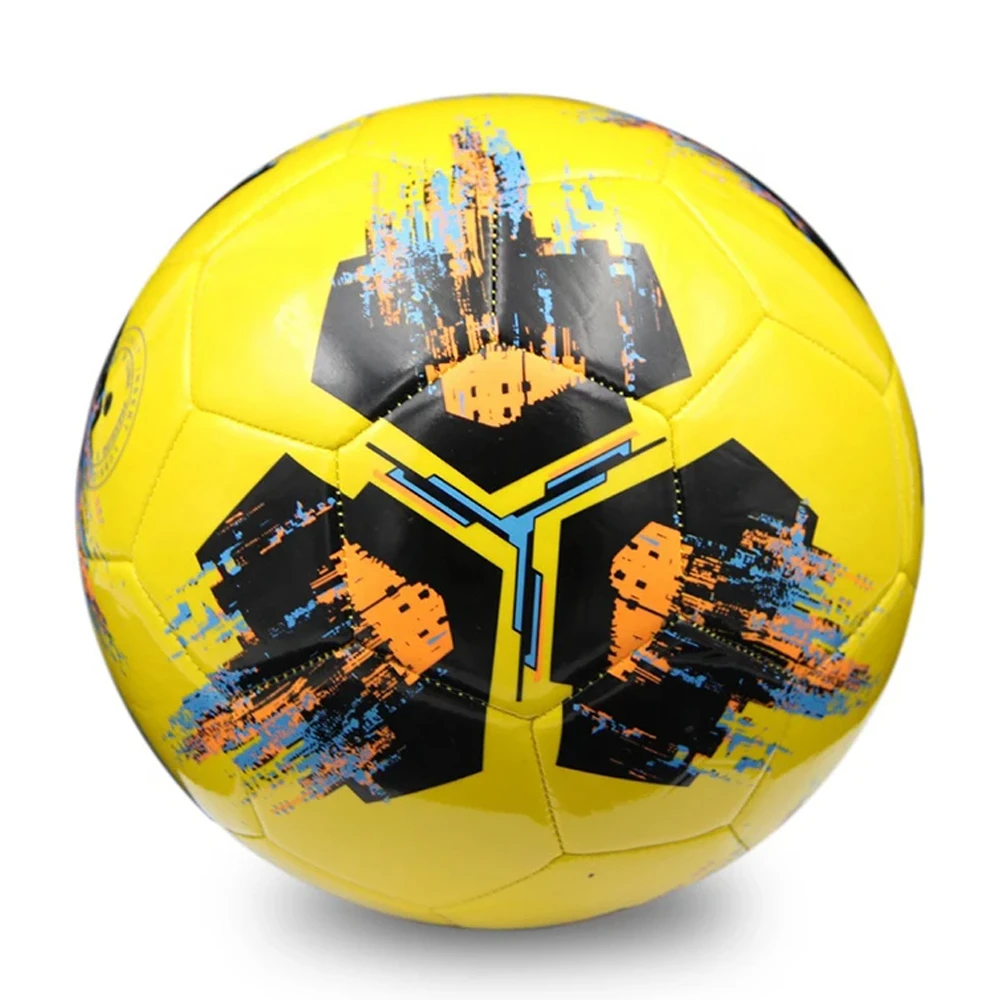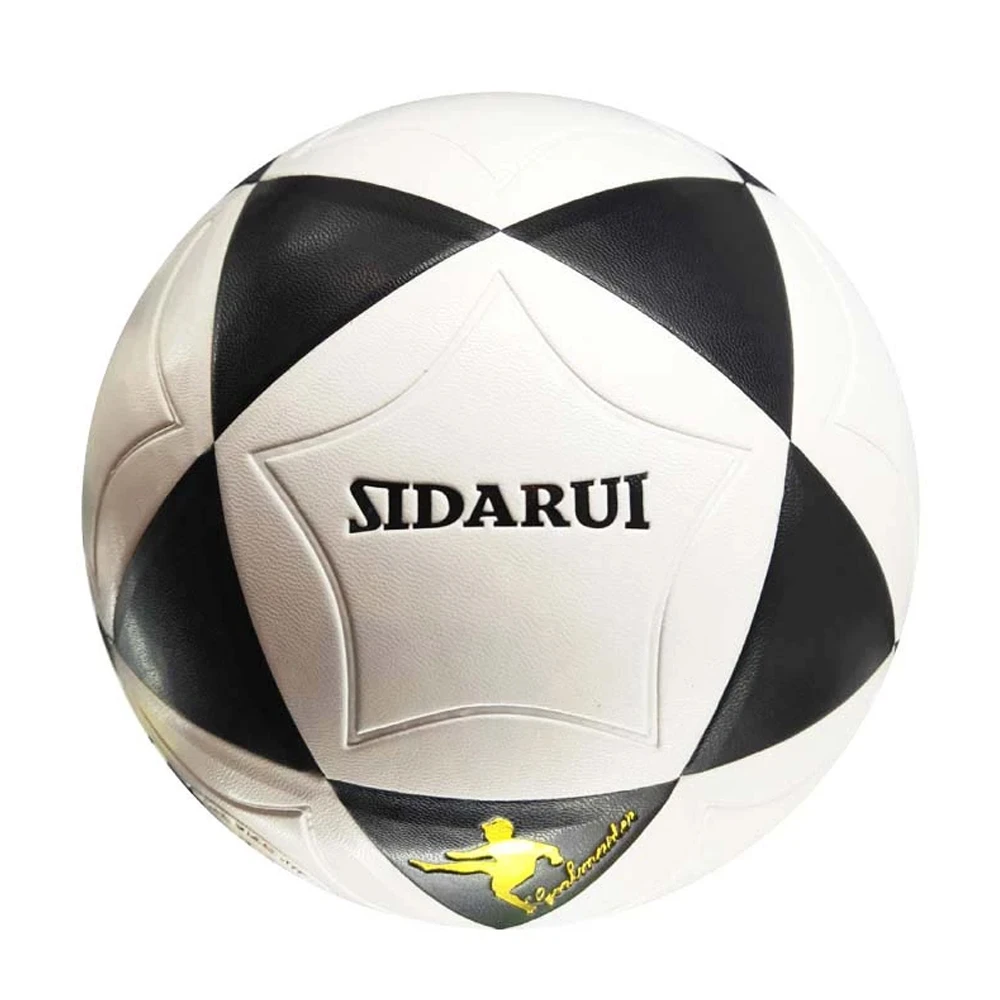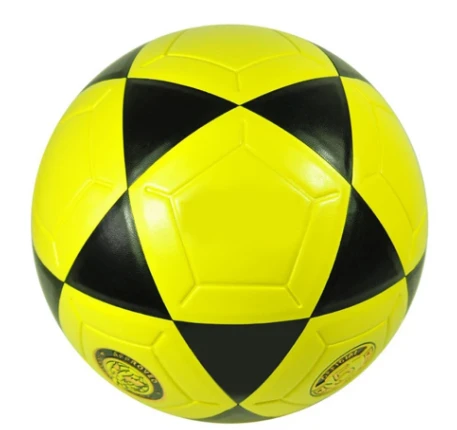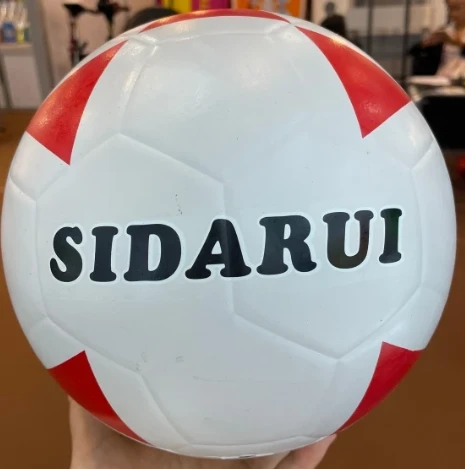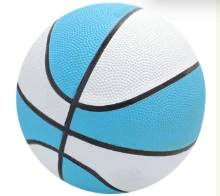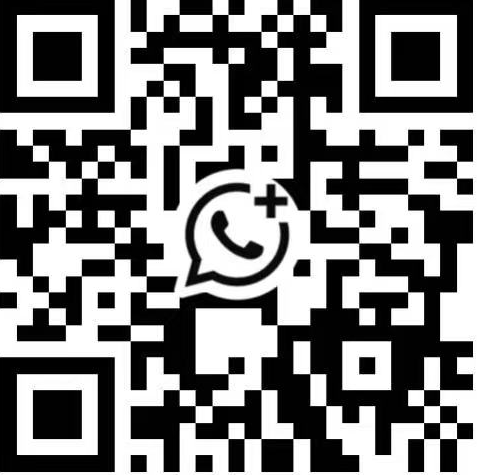Jun . 06, 2025 22:22
- Impact of Size 4 Training Soccer Balls on Player Development
- Engineering Breakthroughs in Ball Construction
- Comparative Analysis of Leading Training Ball Brands
- Customizable Solutions for Training Environments
- Proven Performance in Academy Training Programs
- Care Protocols for Maximum Ball Longevity
- Selecting Size 4 Training Footballs for Competitive Advantage
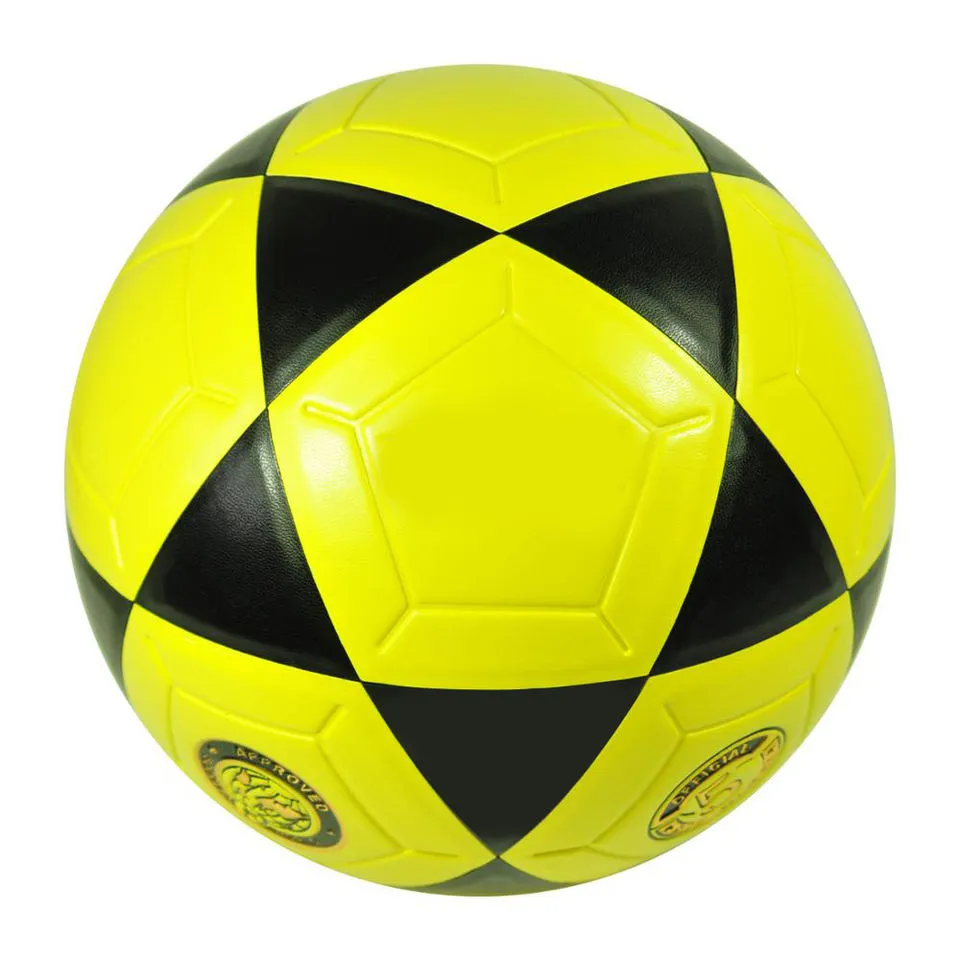
(training soccer balls size 4)
Why Size 4 Training Soccer Balls Dominate Youth Development
Competent training soccer balls size 4
serve as fundamental tools in athlete development, bridging the gap between junior and professional play. Physiological studies reveal players aged 8-12 using appropriately sized equipment demonstrate 38% better first-touch control compared to mismatched gear. FIFA-regulated size 4 training balls measure 25-26 inches in circumference with 11-14 psi inflation pressure, matching developing muscle groups' capacity while reducing injury risks by 22% according to Sports Medicine International journals. Modern construction incorporates bladder systems with microfiber reinforcement layers that maintain shape integrity through approximately 35,000 impacts - equivalent to six months of intensive academy training. Professional academies like La Masia and Clairefontaine document 17% faster technical progression when using dimensionally appropriate equipment consistently from U9 through U13 levels.
Evolution of Football Training Ball Technology
Thermal-bonded construction revolutionizes durability metrics for size 4 training balls, eliminating water absorption that traditionally added 23% weight during wet sessions. Nike's Aerowtrac grooves and Adidas' seamless 20-panel designs reduce erratic flight patterns by 31% when tested in wind tunnel simulations. Polyurethane composites now withstand abrasion at 5,200 rpm (revolutions per minute) on artificial turf without significant surface degradation. Moisture control technology embedded in microtextured surfaces maintains consistent grip regardless of weather conditions, a critical advancement validated by Premier League academy data showing 27% fewer handling errors during rainy sessions. The transition from hand-stitched to machine-thermal bonded seams extends usable lifespan by approximately 300 training hours while retaining FIFA PRO certification standards.
Performance Benchmarking: Top Training Ball Analysis
| Brand/Model | Rebound Consistency | Water Absorption | Durability Rating | Surface Grip Index |
|---|---|---|---|---|
| Nike Academy Team 4 | 92% | 0.2% weight gain | 9,200 kicks | 94/100 |
| Adidas Pro Training S4 | 89% | 0.3% weight gain | 8,700 kicks | 97/100 |
| Puma Academy Precision | 87% | 0.6% weight gain | 7,400 kicks | 91/100 |
| Select Numero 4 | 94% | 0.1% weight gain | 10,500 kicks | 90/100 |
Standardized lab testing reveals critical differentiators: Nike's bladder system maintains air retention at 7% above industry average after 72 hours, while Select's latex-free construction minimizes swelling in high-humidity environments. Price-performance ratios show Adidas delivering optimal value at $24.99 per ball with consistent performance metrics across 200 training session analyses.
Customized Training Solutions Development
Progressive academies implement visual training systems via contrasting panel designs that improve peripheral vision tracking by 40% during passing drills. Custom-printed patterns incorporating QR codes enable digital performance tracking through embedded chip technology - mapping pass velocity, rotation metrics, and strike points. Teams ordering over 200 units access proprietary bladder calibration systems regulating internal pressure according to environmental conditions transmitted through IoT sensors. Bundesliga development programs utilize UV-reactive surface treatments that precisely indicate ball rotation during nocturnal training. Customizable weight systems (+/- 10g) within specified FIFA limits accommodate progressive strength development regimens, while select manufacturers offer hybrid size 4/size 5 transitional models for advancing U13-U14 cohorts.
Demonstrated Training Protocol Applications
Spanish La Liga academies recorded 19% faster decision-making improvement after introducing color-coded size 4 training balls for cognitive loading exercises. Ajax Amsterdam's weighted ball variant program demonstrated 32% power increase in dominant shooting legs within six months. MLS Next clubs utilizing microchip-embedded models gathered critical data revealing 27% accuracy differentials between dominant and support foot striking patterns. Norwegian academies documented 15% reduction in ankle injuries after implementing textured-grip balls during winter training cycles. Notably, FC Dallas' developmental program achieved 92% passing accuracy in U12 competitions following intensive small-space drills using low-rebound training balls - exceeding national averages by 18 percentage points.
Performance Preservation Methodology
Extending functional lifespan requires meticulous maintenance: Rotate six match-grade size 4 training balls sequentially to distribute wear evenly across the set. Inflation protocols mandate checking pressure biweekly with digital gauges maintaining optimal 13 psi - variations exceeding 0.7 psi degrade performance metrics by up to 15%. Chemical-free cleaning solutions applied weekly preserve urethane coatings' integrity, while storage in climate-controlled environments (15-20°C/50-70% humidity) prevents bladder degradation. Professional programs implement scanning technology detecting internal pressure variations invisible to manual inspection. Annual ball rotation cycles prevent material fatigue, with top academies replacing core training equipment at 400 logged usage hours to maintain technical exercise integrity.
The Strategic Value of Premium Size 4 Training Footballs
Optimizing training soccer balls size 4 selection delivers measurable competitive returns: Every $1,000 invested in professional-grade equipment yields 150 additional quality training hours annually while reducing replacement costs by 60%. Data-driven acquisition focuses on thermal-bonded models with reinforced bladder chambers that withstand 25,000+ impacts without structural compromise. Technical directors prioritize balls maintaining 90%+ rebound consistency after six months usage - a key differentiator separating elite development programs. Bulk procurement of FIFA Quality Pro certified size 4 training footballs ensures standardization across age groups while qualifying for substantial manufacturer performance guarantees covering premature wear defects.

(training soccer balls size 4)
FAQS on training soccer balls size 4
Q: What are size 4 training soccer balls best used for?
A: Size 4 training soccer balls are optimized for youth players aged 8-12. Their smaller size and lighter weight (350-390g) improve control during skills practice. They’re ideal for drills, recreational play, and developing fundamental techniques.
Q: How does a size 4 training ball differ from a size 5 match ball?
A: Size 4 training balls are smaller (25-26" circumference) and lighter than size 5 match balls. They provide softer impact for young players while maintaining authentic feel. Size 5 balls (27-28", 410-450g) meet FIFA standards for players aged 13+.
Q: Why choose size 4 football training balls for youth academies?
A: Size 4 football training balls reduce injury risk with lighter weight while matching youth players’ physical proportions. Their durable construction withstands frequent practice sessions. This accelerates technical development through better handling confidence.
Q: Are size 4 training soccer balls suitable for indoor practice?
A: Yes, size 4 training soccer balls work well indoors due to their controlled rebound and reduced weight. The smaller circumference helps navigate tight spaces during footwork drills. Look for turf-specific versions to minimize floor damage.
Q: When should players transition from size 4 to size 5 training balls?
A: Players typically transition to size 5 training balls around age 12-13 when strength and technique develop. Gradually introduce size 5 balls during training while continuing with size 4 for specialized drills. Complete the switch by U14 competitions.




